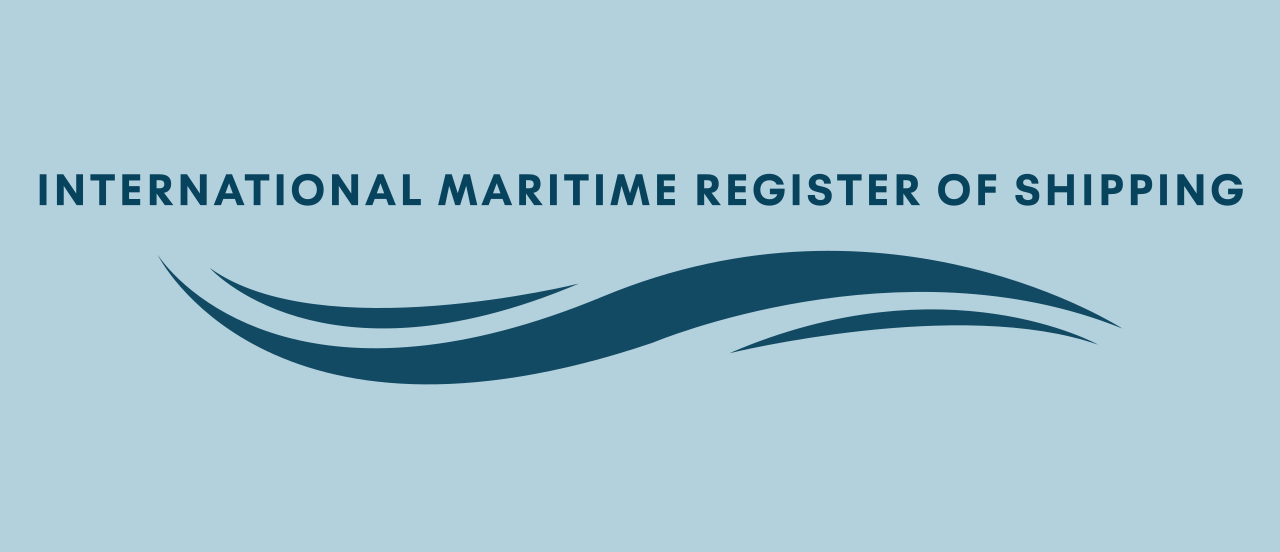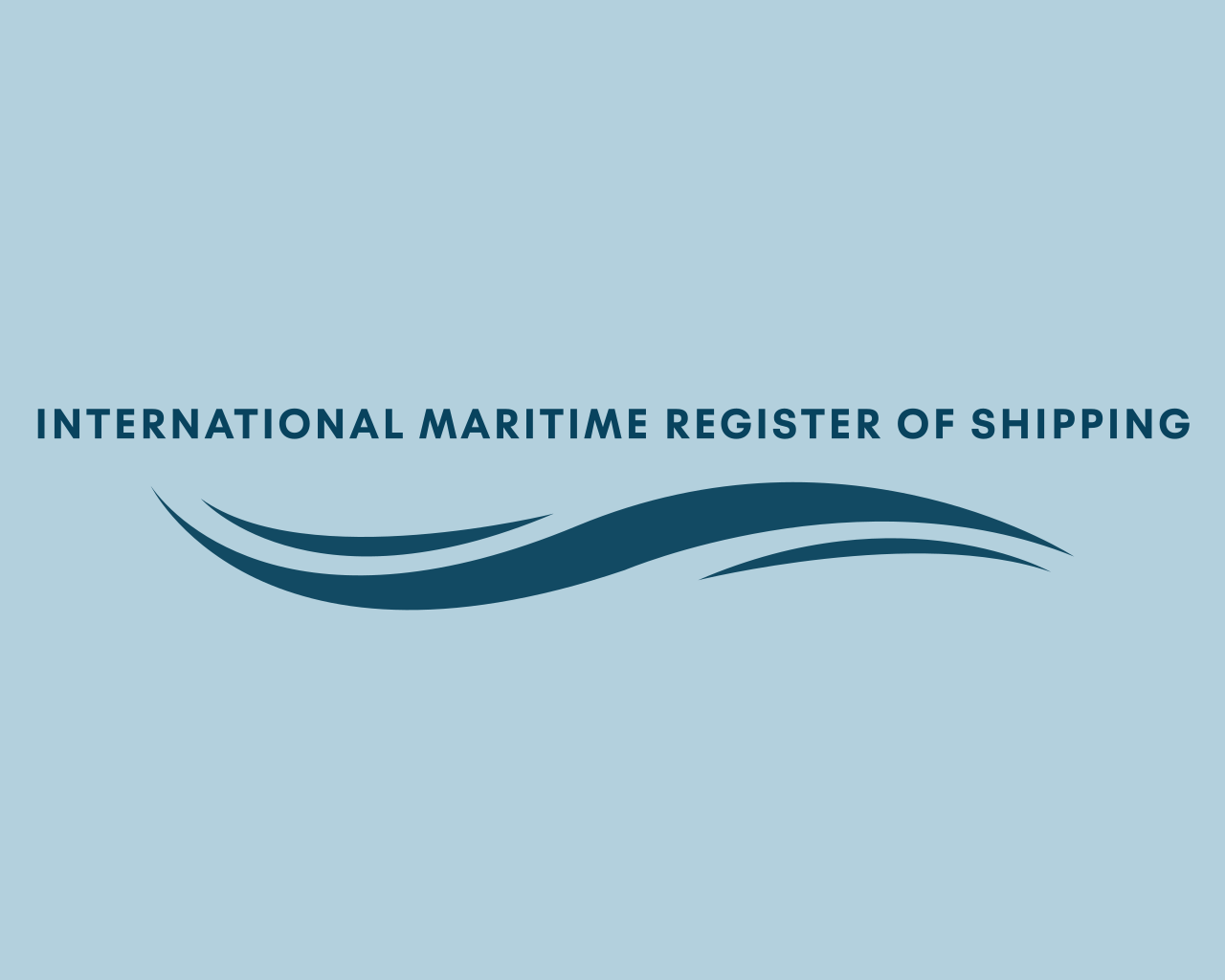Tail shaft survey
The Tailshaft Survey, also known as the Tailshaft Examination, is a specialized inspection conducted on ships to assess the condition of the tailshaft and associated components. The tailshaft is a critical propulsion component responsible for transmitting power from the ship’s main engine to the propeller. Due to its importance in ensuring the vessel’s propulsion system operates efficiently and safely, regular inspections of the tailshaft are essential. Here’s an overview of the Tailshaft Survey:
Purpose: The primary purpose of the Tailshaft Survey is to examine the tailshaft, propeller, and related components to identify any signs of wear, corrosion, damage, or misalignment. This inspection aims to ensure that the propulsion system remains in good working condition and complies with classification society rules and regulatory requirements.
Timing: Tailshaft Surveys are typically conducted at 5 years intervals. The timing of these surveys may vary depending on factors such as the vessel’s age, operating profile, and maintenance history. In many cases, the Tailshaft Survey is carried out during dry-docking or alongside other scheduled inspections or repairs.
Scope: The scope of the Tailshaft Survey includes a comprehensive examination of various components of the propulsion system, including:
- Tailshaft: Inspection of the tailshaft for signs of wear, corrosion, cracks, or other damage. This may involve visual inspections, ultrasonic testing, magnetic particle inspection, or other non-destructive testing methods.
- Bearings: Examination of the tailshaft bearings for proper lubrication, alignment, and condition. Bearings are critical for supporting the tailshaft and ensuring smooth rotation.
- Seals: Inspection of shaft seals, including stern tube seals and intermediate shaft seals, to check for leakage, wear, or deterioration. Proper sealing is essential for preventing water ingress into the ship’s machinery spaces.
- Propeller: Assessment of the propeller blades, hub, and shaft coupling for damage, fouling, or erosion. Propeller condition directly impacts propulsion efficiency and vessel performance.
Outcomes: Based on the findings of the Tailshaft Survey, the surveyor may issue various outcomes:
- Updating survey status: If the tailshaft and associated components are found to be in satisfactory condition, the survey is updated in the survey status and reflected in class hull and machinery certificate
- Recommendations: Any deficiencies or areas of concern identified during the survey are documented as recommendations for corrective action. This may include repairs, replacements, or adjustments to ensure the integrity and reliability of the propulsion system.
- Conditions: In some cases, the surveyor may impose conditions or limitations on the vessel’s operation until specific issues are addressed. These conditions are intended to mitigate risks and ensure the safety of the vessel and its crew.
Follow-up Actions: Shipowners are responsible for addressing any deficiencies or recommendations identified during the Tailshaft Survey. Corrective actions may include repairs, replacements, or adjustments to the tailshaft, bearings, seals, or propeller. The classification society may conduct follow-up inspections to verify that corrective actions have been implemented satisfactorily.
Benefits: Tailshaft Surveys provide several benefits to shipowners, operators, insurers, and regulatory authorities, including:
- Assurance of continued compliance with classification standards and regulatory requirements.
- Early detection and resolution of issues, reducing the risk of propulsion system failures or incidents.
- Enhanced reliability and efficiency of the propulsion system, optimizing vessel performance and fuel consumption.
- Maintenance of the vessel’s market value, reputation, and insurability.
In summary, the Tailshaft Survey plays a crucial role in ensuring the reliability, safety, and efficiency of the propulsion system on ships. By conducting regular inspections and assessments of the tailshaft and associated components, shipowners can minimize the risk of unexpected failures and ensure the continued operational readiness of their vessels.

